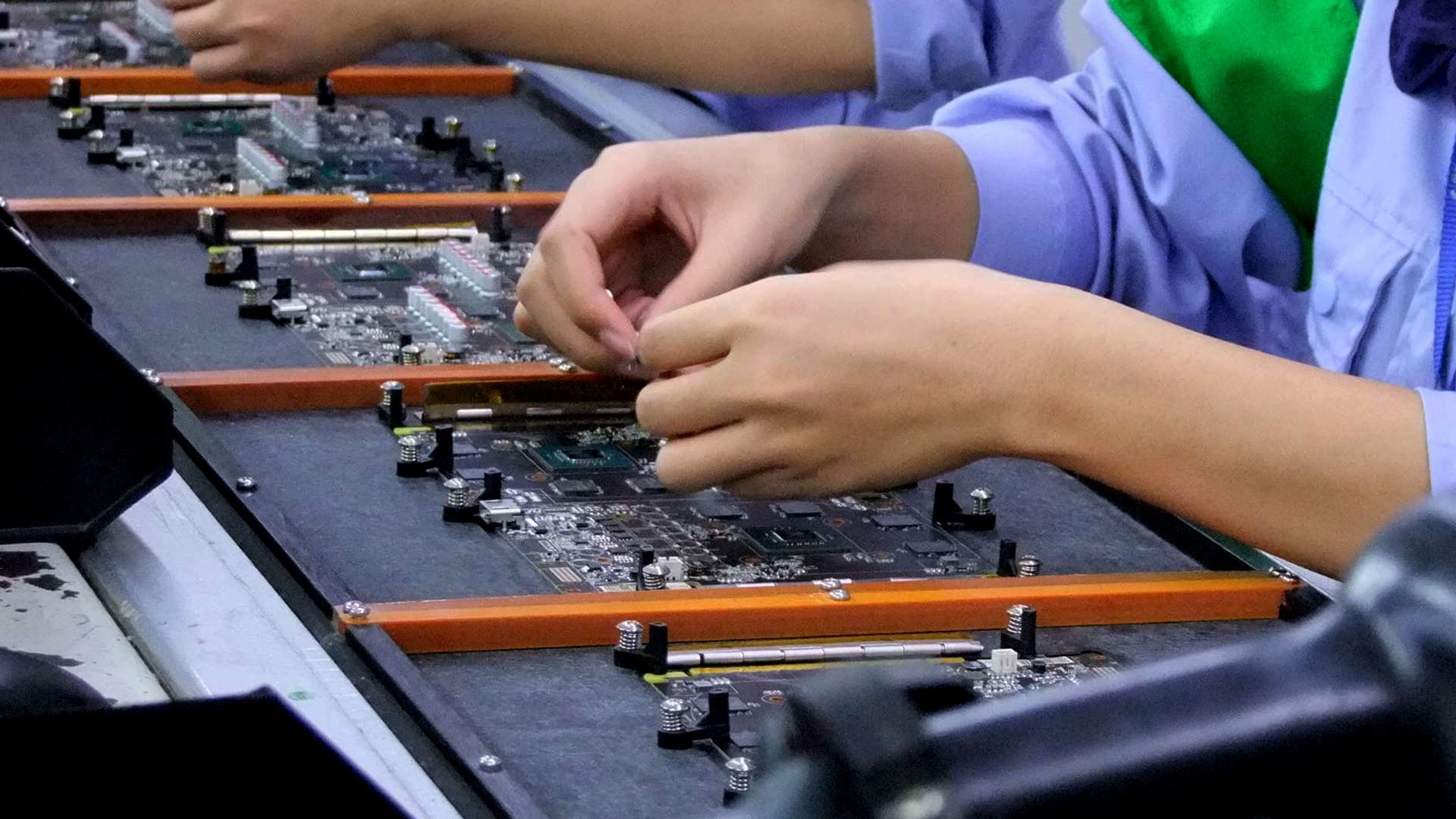Manufacturing
Motherboard manufacturing likely to grow 6-fold to $81.5 bn by 2025-26: Report
Domestic demand for electronic motherboards is expected to grow by over six-fold to USD 81.5 billion by 2025-26, according to a report released by IT hardware makers body MAIT on Friday. The size of domestic electronic motherboards, technically called printed circuit board assembly (PCBA), was around USD 15 billion in 2019-20, Manufacturers’ Association for Information Technology said. “It is expected that India’s domestic PCBA market demand will touch USD 81.5 billion by 2025-26. The planned capacity investments by EMS companies are not only anticipated to address the domestic demand but position India as a competitive player in the global market too. “Between 2020-21 and 2025-26, India will generate cumulative export revenues of USD 101 billion,” the report said.
The report was released by Meity joint secretary Saurabh Gaur at a virtual event organised by MAIT. “PCBA is a major segment for future manufacturing and in terms of exports. Out of all the electronics imports, PCBA still accounts for almost 15 per cent. MAIT’s report is a great collation to look over further policy actions,” Gaur was quoted in a statement issued by MAIT. The report recommended the government to consider a disability incentive of 4 to 6 per cent through an incremental production and turnover scheme such as PLI. “India must overcome the cost disability compared to its closest competitor Vietnam and other Asian countries. Government support to negate the cost disability should be viewed as enabling a critical industry segment for exports,” MAIT president Nitin Kunkolienker said. The report has also suggested the need to address the absence of a local component supply base and India should facilitate smooth processes at ports and ensure unhindered and time-bound components availability for PCBA manufacturing.
Also read: India is investment opportunity for clean energy transition: John Kerry
“To achieve the domestic and export potential India’s PCBA manufacturing would require a cumulative capital investment of USD 25 to 30 billion by 2024-25. This investment will lead to the generation of 1 million to 1.2 million direct and indirect jobs,” the report said. The report calls for covering both existing units engaged in manufacturing PCBAs and new units in production linked incentive schemes. While it is vital to incentivise new investments for PCBA capacities, it is equally important to recognise the value of existing PCBA units. “We started our operations in 2001, and currently, we have over 17,000 employees working in seven facilities across India with a total footprint of over 1M square feet. There are massive opportunities that lie in the Indian electronics manufacturing industry,” Flex senior vice president Richard Hopkins said.








































